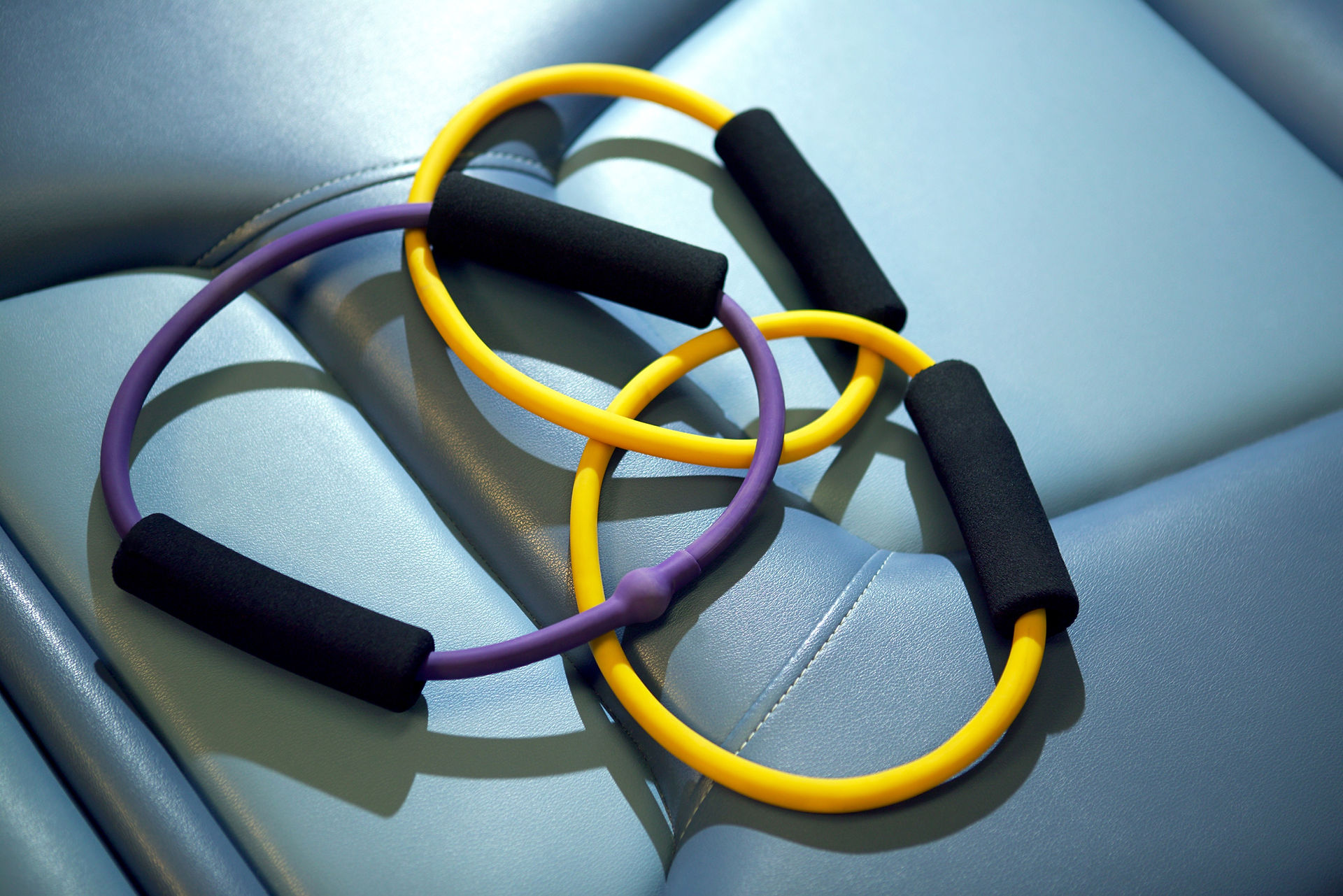

Neuromuscular Re-education
Neuromuscular Re-education is a technique to re-invogorate nerves to increase conductivity and therefore muscle activation and movement. When we are younger, nerve conduction becomes a subconscious, background process, that we don't even notice. However, as time goes on, certain nerve pathways decrease in efficiency, and thus demonstrate a latent period in conduction. Muscle movement patterns are also affected when nerves or muscles experience damage or injury. This can result from trauma, medical conditions, and neurological conditions, such as stroke and traumatic brain injury. Neuromuscular re-education is one method used by rehabilitation therapists to facilitate the return of normal movement in persons with neuromuscular impairments.
Your neuromuscular re-education program will consist of repetitive movements, posturing, and stimulation designed to reinforce nerve signals for functional movements. It is theorized that when the nerve signals are “retrained” and appropriate muscle movements are repeated, movement patterns become automatic again. Neuromuscular education works in conjunction with exercise to retrain the brain and nervous system to activate correct motor pathways and restore complete usage of muscle groups.
Neuromuscular Re-education can be further segmented into Balance and Proprioceptive Neuromuscular Facilitation (PNF).
Balance Program
Our balance program involves various exercises and activities to improve your vestibular system and decrease predisposition and risk of falls. Using up to date research, our Physical Therapist will retrain your body to decrease nerve conduction time, and increase muscle activation, as well as retrain the vestibular system. This treatment will coalesce into improved balance, easier ability to walk, and decreased stress and anxiety with weight bearing tasks. Want to ditch that cane or walker? Call us today for a balance and gait evaluation!
PNF
Proprioceptive Neuromuscular Facilitation is defined as a method to promote resoinse via stimulation of sensors in your body. Muscles typically work synergistically for movements to occur, from contraction of bicep and relaxation of tricep to bend your elbow, to slow release of quads and activation of gluts to squat. When these sensors and neural pathways are not engaged correctly, stability and mobility is lost.
Fundamental movements consisting of such as squatting, lunging, stepping and reaching, have become less efficient due to habits, poor training and/or injuries, causing postural and prime moving muscles to become less effective at performing their tasks. These problems have led individuals to create compensations, which sacrifice mobility and/or stability in order to complete a movement or task. For example, a person with poor mobility in their hips will sacrifice lumbar spine stability in order to squat down, lunge or step. It is important that these compensatory patterns are addressed prior to focusing on strength and power.
